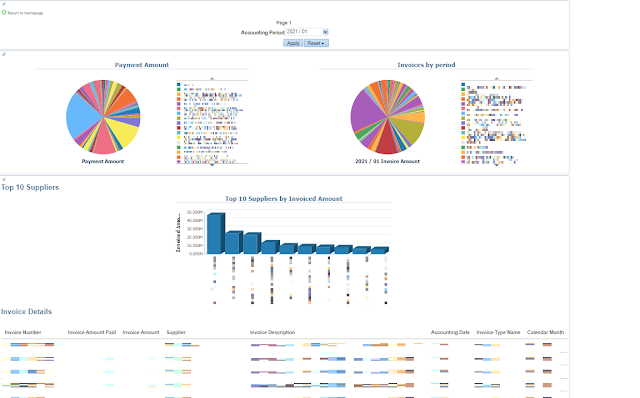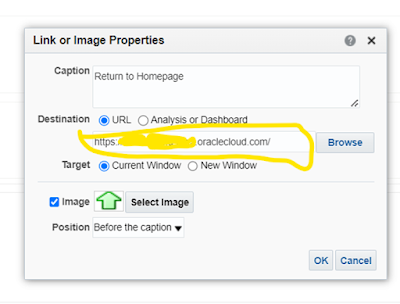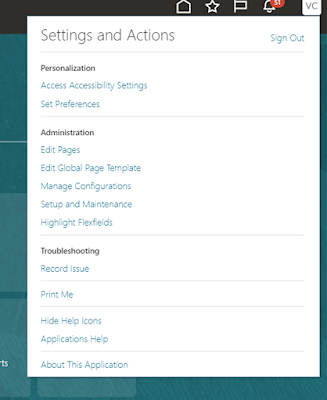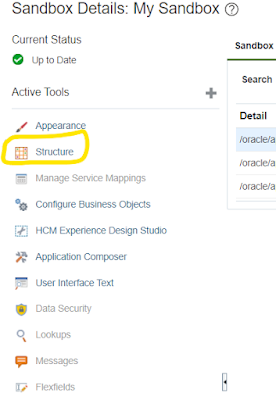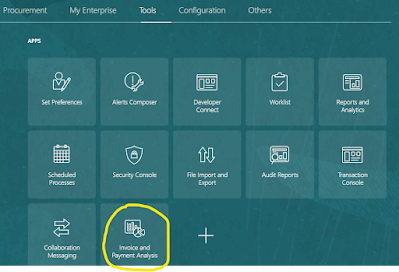Avoiding ERP Implementation Failure: Key Factors to Consider
Implementing an Enterprise
Resource Planning (ERP) system is a significant undertaking for any
organization. While there are various reasons why ERP implementations can fail,
it is essential to recognize these common pitfalls and take proactive steps to
prevent them. By addressing these factors, businesses can increase their
chances of successful ERP adoption and maximize the benefits it offers. Here
are key considerations to avoid ERP implementation failure:
Outlined below are the top 6 key causes/reasons of ERP implementation failure and strategies to avoid encountering them:
1. Inadequate Planning and Strategy:
Insufficient planning and lack of
a clear strategy are primary reasons for ERP implementation failure. To avoid
this, organizations should invest time and effort in comprehensive planning.
This involves defining project goals, outlining a well-defined implementation
roadmap, establishing realistic timelines, and allocating sufficient resources.
A robust strategy ensures that all stakeholders understand the objectives and
the steps involved in achieving them.
2. Poor Change Management:
Resistance to change can hinder
the success of an ERP implementation. To mitigate this, organizations must
prioritize change management throughout the process. Effective communication,
employee involvement, and training programs are crucial for preparing the
workforce to embrace the new system. By fostering a culture of change and
providing support, businesses can alleviate resistance and increase user
acceptance.
3. Insufficient User Engagement:
User engagement is vital for ERP
implementation success. Inadequate involvement and consultation with end-users
can lead to a lack of system acceptance and adoption. To overcome this
challenge, organizations should actively involve end-users from the early
stages of the project. Soliciting feedback, conducting user acceptance testing,
and incorporating user preferences into the system design help ensure that the
ERP system meets their needs and aligns with their workflows.
4. Inaccurate Data Migration:
Data migration is a critical
aspect of ERP implementation. Errors in data mapping, cleansing, and migration
can lead to inaccurate or incomplete information in the new system, undermining
its effectiveness. To prevent this, businesses should invest in data cleansing
and validation processes, ensure compatibility between the old and new systems,
and conduct thorough testing before going live. By prioritizing data accuracy,
organizations can maintain reliable and consistent information in the ERP
system.
5. Insufficient Training and
Support:
Lack of proper training and
ongoing support for end-users can hinder successful ERP adoption. It is crucial
to invest in comprehensive training programs that cover both technical aspects
and process-specific training. Furthermore, providing ongoing support, such as
helpdesk services and access to training resources, ensures that users have the
necessary assistance during and after the implementation. Well-trained and
supported users are more likely to utilize the ERP system effectively,
maximizing its benefits.
6. Unrealistic Expectations and
Scope Creep:
Setting unrealistic expectations
or allowing scope creep can lead to project delays, budget overruns, and
dissatisfaction. To mitigate this, organizations should establish clear project
boundaries and realistic expectations from the outset. Regularly reviewing and
reassessing project scope, documenting changes, and effectively managing
stakeholder expectations help maintain project focus and prevent unnecessary
complications.
In summary, by considering these
key factors, organizations can significantly reduce the risk of ERP
implementation failure. Adequate planning, change management, user engagement,
data migration, training, and realistic expectations are essential components
of a successful ERP implementation. By addressing these areas proactively,
businesses can maximize the value and benefits derived from their ERP system.
